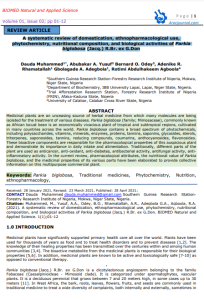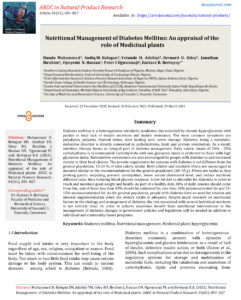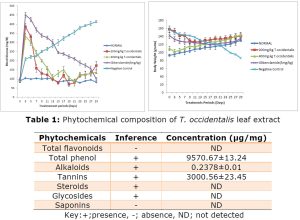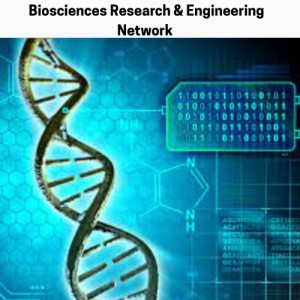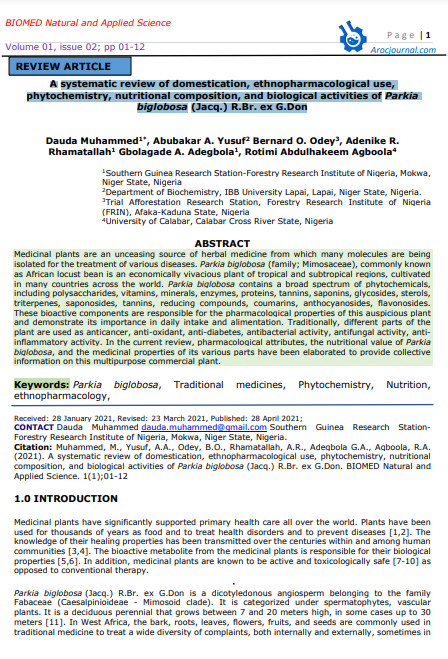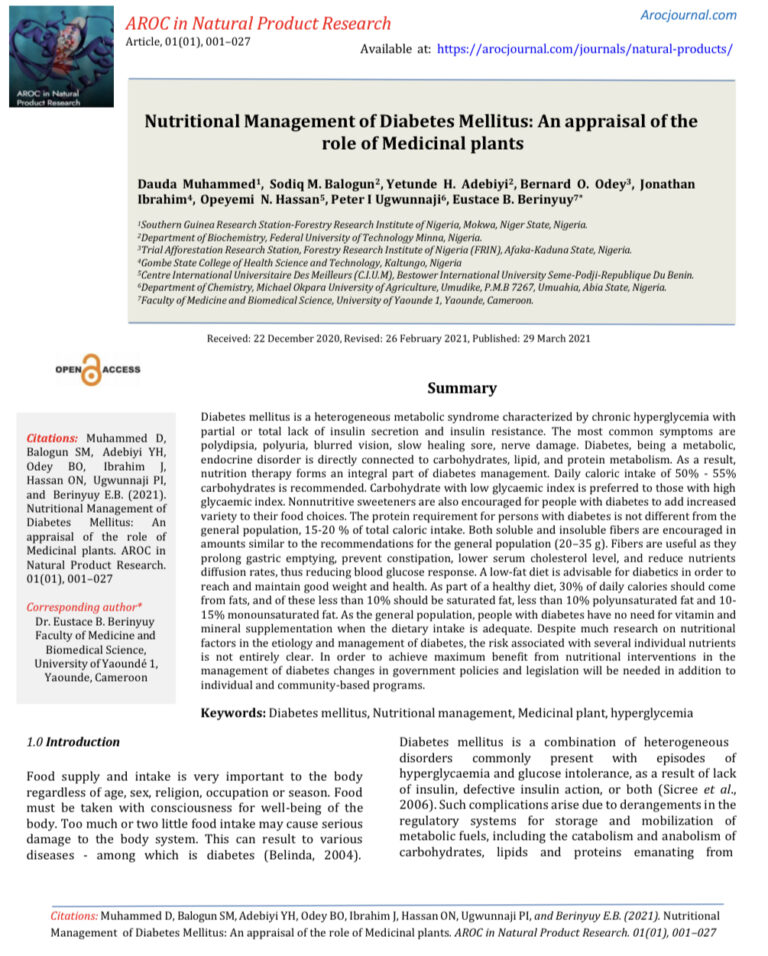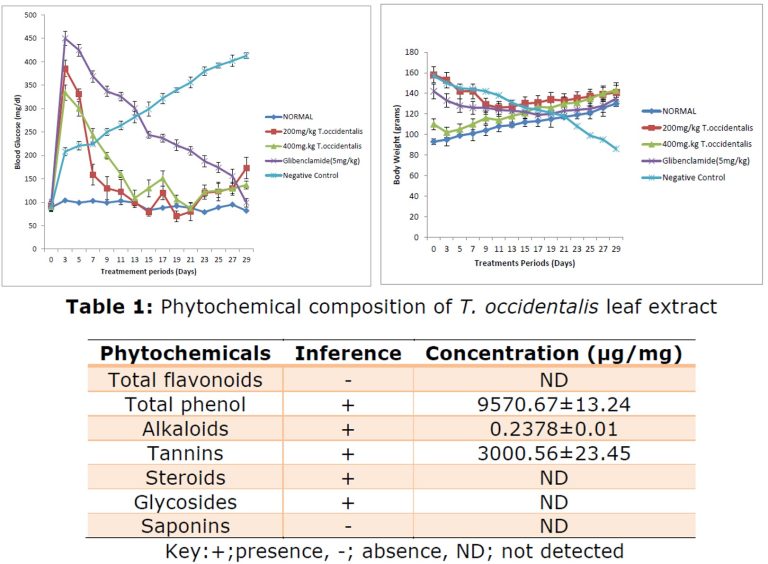Introduction
In an era where data generation outpaces our ability to store and process it conventionally, database management systems (DBMS) have become the linchpin of technological infrastructure. From the structured rigidity of SQL databases, born in the 1970s to handle transactional integrity in banking and inventory systems, to the flexible, distributed nature of NoSQL alternatives emerging in the late 2000s, the field has undergone profound changes. High-volume applications—those dealing with terabytes of real-time data from sensors, user interactions, or logs—demand more than just reliability; they require elasticity and speed. This article examines the transition from SQL to NoSQL, a move increasingly adopted by enterprises grappling with big data’s velocity, variety, and volume. As someone who’s spent years consulting on database migrations for tech firms, I’ve witnessed how this shift isn’t merely technical but strategic, often determining an organization’s competitive edge.
We begin by setting the historical and contextual stage, then dissect current trends and obstacles. A technical exploration follows, unpacking frameworks and methodologies for migration. Real-world case studies provide tangible evidence, while we conclude with implications and research horizons. Through this, we aim to demystify the process, offering critical perspectives on when and how to pivot without losing data sanctity.
Background and Context
The foundations of SQL databases trace to E.F. Codd’s relational model in 1970, emphasizing atomicity, consistency, isolation, and durability (ACID) properties for error-free transactions. Systems like MySQL, PostgreSQL, and Oracle excelled in scenarios requiring complex joins and schema enforcement, such as financial ledgers where every query must yield predictable results. However, the explosion of unstructured data in the 2010s—think social media posts or sensor readings—exposed SQL’s limitations: vertical scaling (beefing up a single server) hits hardware ceilings, and sharding (partitioning data) adds complexity.
NoSQL, coined around 2009, arose as a response, prioritizing BASE (Basically Available, Soft state, Eventual consistency) over ACID for distributed environments. Categories include key-value stores (e.g., Redis for caching), document-oriented (MongoDB for JSON-like data), column-family (Cassandra for time-series), and graph databases (Neo4j for relationships). This paradigm suits high-volume apps where data schemas evolve rapidly, as seen in cloud-native setups. By 2025, with global data creation projected at 181 zettabytes (per IDC reports), NoSQL’s horizontal scalability—adding commodity servers—has become indispensable for handling petabyte-scale workloads without downtime.
Contextually, this transition aligns with broader shifts like cloud adoption and microservices, where monolithic SQL setups falter under load. Yet, it’s not a wholesale replacement; many organizations retain SQL for reporting while layering NoSQL for ingestion, reflecting a maturing ecosystem.
Current Trends and Challenges
As of 2025, hybrid databases dominate trends, blending SQL’s query power with NoSQL’s agility—think PostgreSQL’s JSONB extensions or Amazon Aurora’s multi-model support. Multi-cloud deployments amplify this, with NoSQL tools like ScyllaDB offering low-latency reads for edge computing. AI integration is another surge: machine learning models train on NoSQL-stored unstructured data, enabling predictive analytics in real-time apps. Market analyses show NoSQL adoption rising 25% annually, driven by IoT and e-commerce, where data velocity exceeds 1 million events per second.
Challenges persist, however. Migration risks data loss or inconsistency; SQL’s rigid schemas clash with NoSQL’s schema-less design, necessitating re-modeling that can inflate costs by 30%. Eventual consistency in NoSQL can lead to stale reads in finance-like apps, where ACID is non-negotiable. Skill gaps loom large—developers versed in SQL queries struggle with NoSQL’s denormalized data and eventual models. Security vulnerabilities, like improper access controls in distributed clusters, exacerbate risks in high-volume scenarios. Moreover, vendor lock-in with proprietary NoSQL clouds (e.g., DynamoDB) hinders portability, prompting open-source preferences like Cassandra. These hurdles underscore the need for phased migrations, starting with non-critical workloads.
Technical Analysis, Frameworks, or Methodologies
Technically, the SQL-to-NoSQL transition hinges on the CAP theorem: SQL favors consistency and availability, sacrificing partition tolerance, while NoSQL often prioritizes availability and partition tolerance, accepting eventual consistency. For high-volume apps, this means redesigning schemas—SQL’s normalized tables become NoSQL’s denormalized documents or columns to minimize joins.
A core methodology is the “lift-and-shift” versus “refactor” approach. Lift-and-shift uses tools like AWS Database Migration Service to replicate data, but it’s suboptimal for performance. Refactoring involves analyzing access patterns: for read-heavy apps, column-family stores shine; for flexible queries, document stores prevail. Frameworks like Apache NiFi facilitate data pipelines, ensuring zero-loss transfers.
Consider an example: In SQL, a user profile table joins with orders for e-commerce queries. In MongoDB, embed orders as arrays in user documents, enabling single-read fetches but risking data duplication. Performance metrics: NoSQL can achieve 100,000 ops/sec on clusters, versus SQL’s 10,000 on sharded setups. Methodologies emphasize benchmarking—tools like YCSB (Yahoo! Cloud Serving Benchmark) test throughput under load.
Hybrid frameworks, such as NewSQL (e.g., CockroachDB), bridge gaps by offering SQL interfaces over NoSQL backends, ideal for gradual transitions. Ultimately, success depends on aligning with app needs: NoSQL for scale, SQL for analytics.
Case Studies or Real-World Applications
Practical implementations illuminate the transition’s value. Netflix, handling 200 million subscribers and billions of daily events, migrated from Oracle SQL to Apache Cassandra in 2011, scaling to 1 trillion operations daily with 99.99% uptime. By denormalizing viewing data into time-series columns, they reduced latency from seconds to milliseconds, cutting infrastructure costs 40%.
Amazon’s DynamoDB exemplifies e-commerce prowess: Transitioning from MySQL for product catalogs, it manages 10 trillion requests daily, using key-value partitioning for global replication. This enabled sub-10ms reads during peak sales, boosting conversion rates.
Chronopost, a French logistics firm, shifted to Cassandra for parcel tracking amid big data surges. Facing SQL bottlenecks in handling 100,000 daily shipments, the move ensured real-time queries without single points of failure, improving customer retention by 15%.
eBay uses Cassandra for user behavior analytics, processing petabytes of auction data. The transition from relational systems allowed flexible schema changes for new features, like personalized recommendations, without downtime. These cases highlight NoSQL’s edge in high-velocity environments but also pitfalls, like initial query rewrites causing temporary performance dips.
Implications and Potential Future Research Directions
The implications are multifaceted: Organizations gain agility, reducing time-to-market for data-intensive features, but must invest in training to avoid consistency pitfalls. Economically, NoSQL’s commodity hardware lowers TCO by 30-50% for high-volume ops, democratizing big data for SMEs. Socially, it enables inclusive apps, like personalized healthcare via graph databases, but raises privacy concerns in distributed stores.
Future research should probe AI-driven migrations—automating schema mapping with ML to cut human error. Quantum-resistant encryption for NoSQL clusters is another frontier, given rising cyber threats. Exploring sustainable computing—optimizing energy in massive clusters—aligns with green tech goals. Longitudinal studies on hybrid efficacy could guide standards, perhaps standardizing SQL-over-NoSQL queries.
In sum, transitioning to NoSQL isn’t a panacea but a calculated evolution for high-volume demands. By embracing it judiciously, we pave the way for resilient, innovative systems.

